Have you tried growing blackberries in Texas? These juicy berries come in both thorny and thornless varieties (with the thorny varieties generally being more productive). Blackberries are a delight to eat fresh, cooked into cobblers and pies, or made into a sweet, spreadable jam. If you’ve never tried growing berries in your Texas landscape, blackberries can be an exciting new adventure. Follow our tips for a blackberry-licious summer.
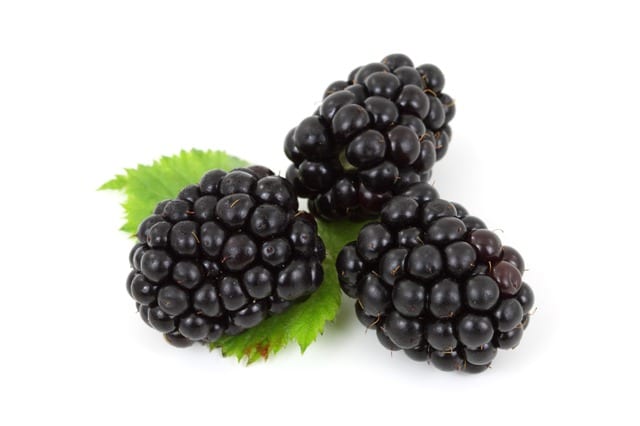

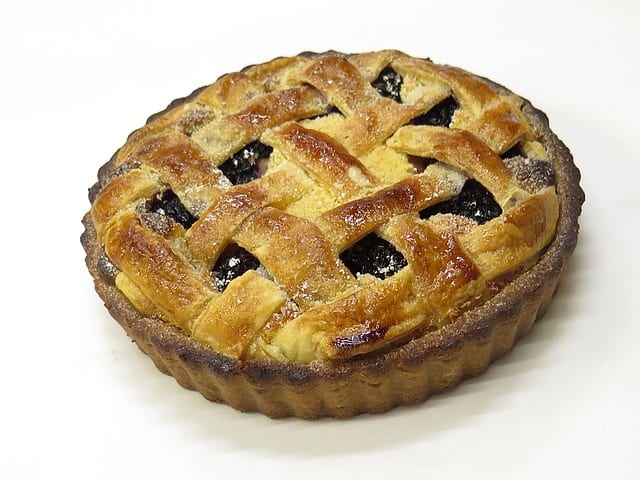

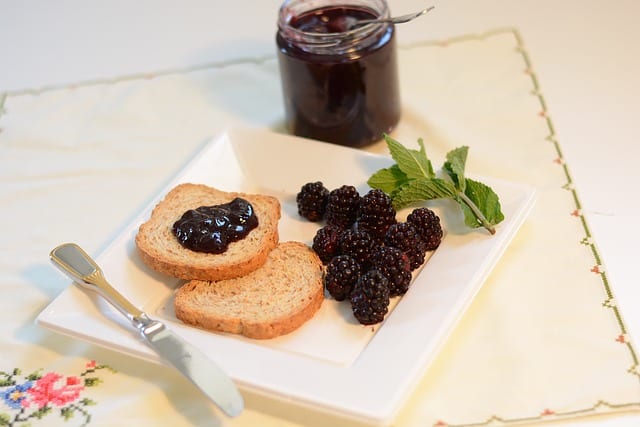

(Because summer pruning is so important for blackberry production, we are posting this blog now. However planting is best in fall, winter, spring, with spring being our best shipments at the nursery.)
Pruning Blackberries is a Priority
Besides giving your blackberries ample water, pruning is a top priority for successful production of blackberries. Timing of pruning and how you do it is key. It’s not complicated though, so take a look.
You generally don’t need to prune blackberries the first year. It’s when the new canes (called prima canes) have grown to about 36”-48” that you’ll want to cut the tops of new canes in order to increase productivity by encouraging side branching. Clip the tops of new prima canes about chest high. Illustration here.
Each year after your blackberry canes have produced berries and immediately after you’ve completed your harvest you’ll need to prune those canes (called floricanes) all the way down to the ground. Those canes will not produce again so don’t worry that you are cutting them.
Blackberries produce their berries most heavily in mid-summer, so depending on the variety of blackberry, you’ll likely be pruning in June or July.
(See PDF here from Aggie-Horticulture-TAMU for more about pruning, recommended varieties (most of which we tend to carry at Rainbow Gardens), propagating, and trellising, plus much more.)


Watch out for thorns when pruning blackberries. Long-handled pruners or loppers are recommended to reduce getting snagged by the thorns.


This illustration, courtesy of TAMU Aggie Horticulture gives a good illustration for how to prune blackberries after harvest. See link for larger pic.
5 Reasons To Grow Blackberries in San Antonio
1. Blackberries don’t need a cross-pollinator. With many fruits and berries, you need to buy an extra plant to cross pollinate your chosen berry in order to get an adequate fruit production; not so with blackberries.
2. Blackberries are adaptable to soil types. While soils that are sandy and rich in organic matter (think compost, manure, peat) are best, blackberries can usually adjust to most soils that are at least a foot deep, drain well, and have a pH range of 4.5 to 7.5.
3. One year for blackberries. While some berries, like blueberries, can take 3-4 years to produce, blackberries only take a year to start offering their sweet berries. (Best production generally happens years 3-8, but blackberries can live up to 15 years!)
4. Only one ingredient needed for feeding blackberries. Nitrogen is the only fertilizer you need for healthy, productive blackberry plants. Feed in late winter/early spring when the plants are starting to grow, and again right after you harvest your berries in summer.
5. Blackberries like our climate! Hey, that’s nice to hear, right? A plant that tolerates our hot summers in San Antonio and still produces fruit? Hooray! Blackberries can be grown anywhere the USDA hardiness zones are 7,8,9…that’s us, folks!
Those are 5 outstanding reasons to bring these beautiful, delectable, berries into your home garden!
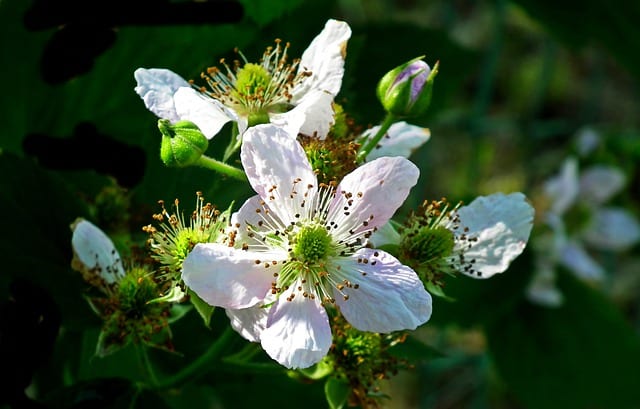

Gorgeous blackberry flowers are inviting to pollinating bees.


You’ll see blackberries the first year after planting them with the correct care!
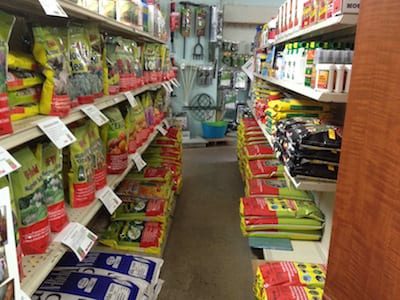

Check out our Hi-Yield aisle at Rainbow Gardens nursery for nitrogen-heavy fertilizer for blackberries.
Take Away: Prune immediately after harvesting blackberries, offer ample water, plant in spring, fall, or winter, and try something new!
~ The Happy Gardener, Lisa Mulroy

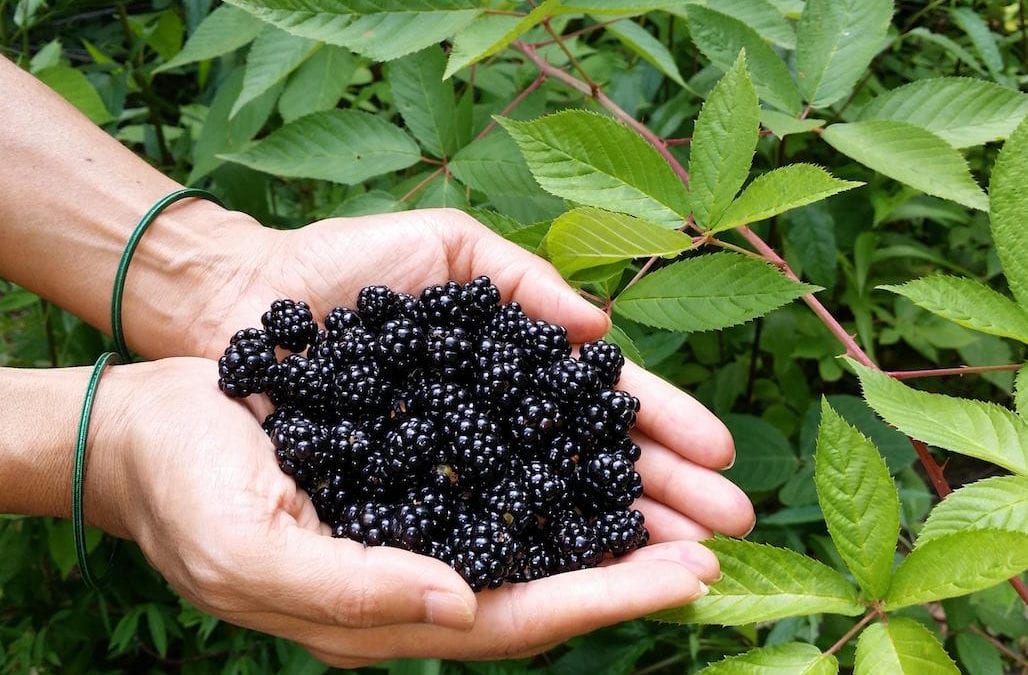
How can I identify a wild blackberry plant?
You might be trying to distinguish between a dewberry plant and a regular blackberry plant. Growing in the wild in San Antonio and surrounding areas, you are most likely seeing dewberries. Dew berries have smaller fruit and grow trailing along the ground; wild blackberries are larger and grow in a more upright pattern.
my blackberry bush has delivered fruit for many years, but the fruit itself is tart rather than sweet. Any tips other than add honey before eating?
Hi Janet,
Making sure you pick blackberries when they are at their ripest is key for a shot at the sweetest blackberries on your vine (dull black when mature). Blackberries do not continue to ripen after being picked. It could depend on the variety of blackberry you planted, and also the acidity in your soil (4.5 – 7.5 acidity best). We do carry a product from FoxFarm called Bembe, that is a liquid concentrate that is supposed to help to increase the sweetness of fruit. FoxFarm is a reputable company so it is worth a try.
Mmmmmmm…..blackberry pie!
Yum!!!!
My later season berries are smaller than earlier. Does that sound right?
HI Bob,
Yes, that does sound right. Many of the later season berries are somewhat smaller. Do you Know what variety you have?
I trimmed my prima canes on my thornless blackberries to chest high. My lateral branches grew from the top and are now way too long. Can I reprune the prima canes again?
Hi Joyce,
It is ok to go ahead and trim up those canes again to keep the plant more compact. I wouldn’t go further than cutting them by half or less though. It’s most important to prune any canes that bore fruit this year. Sounds like you did that so you should be in good shape. A little extra pruning for aesthetic purposes is fine, but do now rather than later.
My Kiowa blackberries were planted bare root last spring, they produced a few berries. New cane came in over wintered produced good crop this spring. New canes came in this spring but are blooming at end of june . Why?
Hmmm. I need to do some more research as Kiowa are generally fruiting in June so that’s normal, but not sure about the crop in spring. I can imagine that it’s because these are Primocane-bearing, which flower
on primo-canes late in the growing season, and
bear on floricanes also. As the floricanes are fruiting the primocanes are growing.